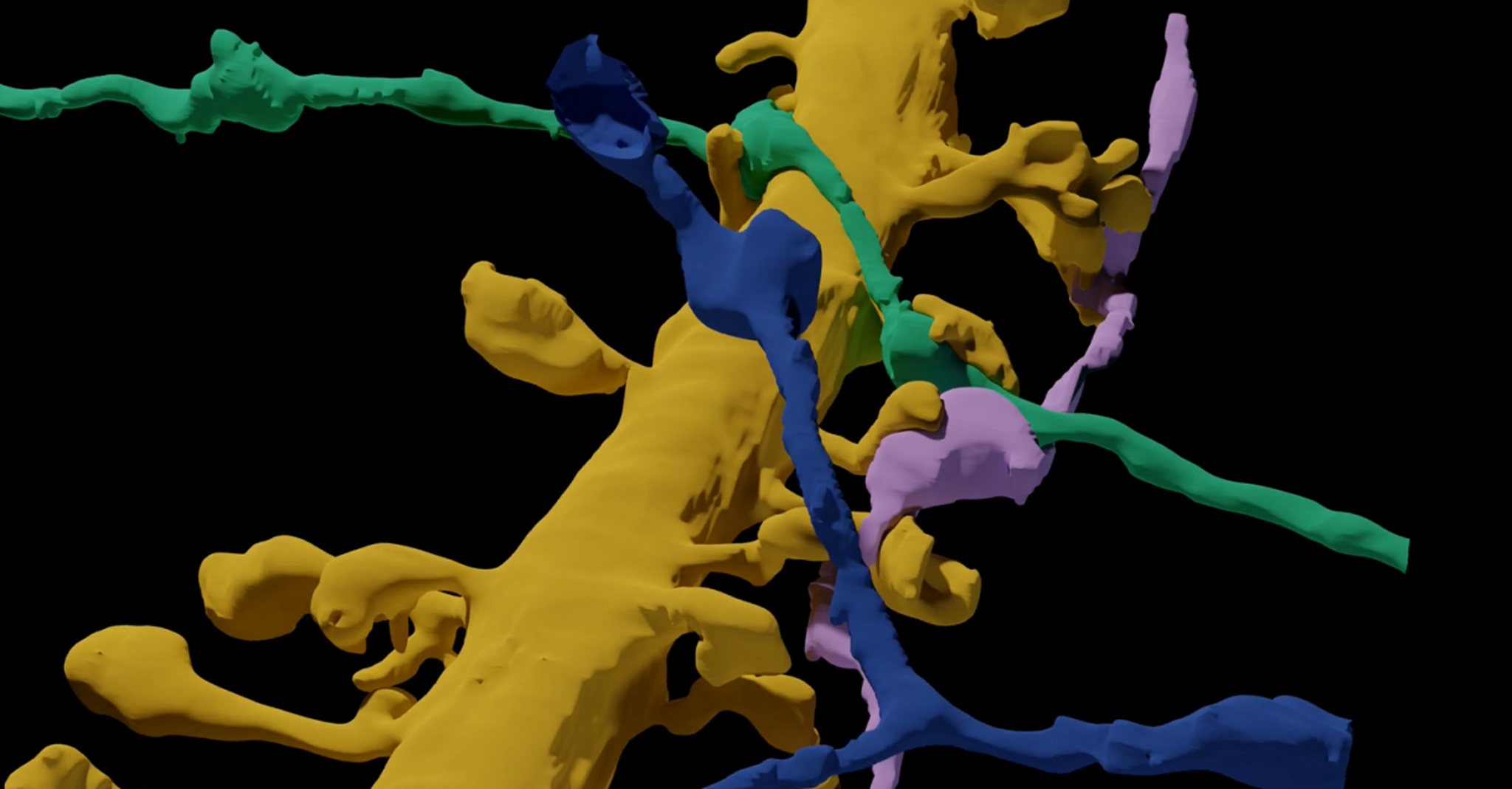LIONESS enables "live" view into the complexity of the brain
Johann Danzl, head ot the Danzl Group in the ISTA lab. The aim of the interdisciplinary team of physicists, biologist, and neuroscientists is to shed light on problems of biological and ultimately also medical relevance by developing and using a set of advanced light microscopy tools.
LIONESS puts a laser focus on tissue imaging. The new imaging and virtual reconstruction technology is aptly named LIONESS - Live Information Optimized Nanoscopy Enabling Saturated Segmentation and enables dense 4D reconstruction of living brain tissue at a nanoscale. A large-scale collaboration at the Institute of Science and Technology Austria (ISTA) is providing an unprecedented "live" view into the complexity of the brain.
In a paper recently published in the journal Nature Methods, an interdisciplinary team of scientists at ISTA describes a novel method for observing the structure and dynamics of the brain.
Brain tissue is one of the most complicated specimens scientists have ever dealt with. Packed with what is currently an immeasurable amount of information, the human brain, with its network of around 86 billion neurons, is the most sophisticated data processing device. Understanding this complexity is a difficult task, and making progress requires technologies that decipher the tiny, complex interactions in the brain at the microscopic level. Imaging is therefore an important tool in neuroscience.
The new technology, developed by the Danzl Group at ISTA, represents a major leap in imaging brain activity.
The research project is funded by the Gesellschaft für Forschungsförderung NÖ (GFF) as part of the Life Science Call 2018.
More details: Nature Methods Artikel

Screenshot von einem Video, der das Gehirn visualisiert.

